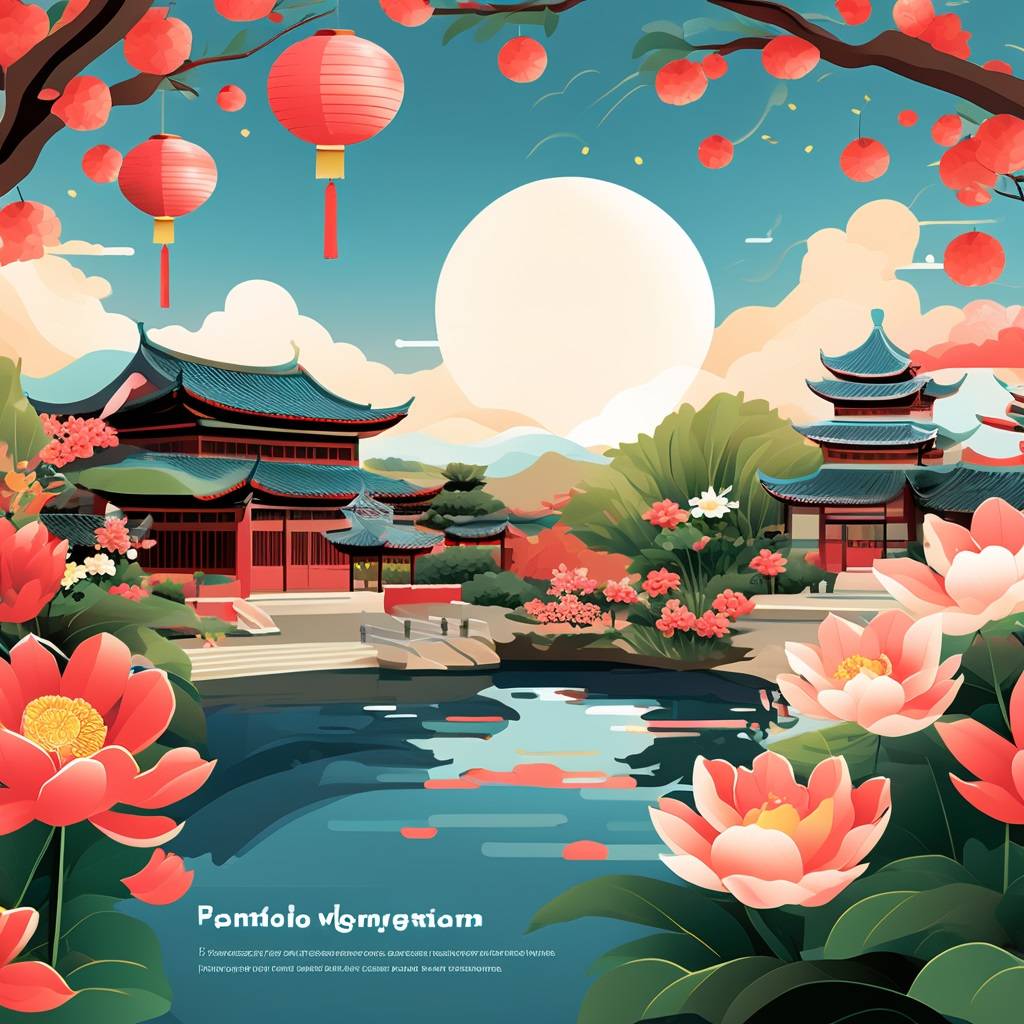In a vibrant celebration of the Lunar New Year on Saturday, February 3, Mission Garden in Tucson, Arizona, commemorated the Year of the Dragon. The Chinese Garden, adorned with specific vegetables, became the focal point of the festivities.
Historical Roots of Chinese Agriculture in Tucson
Mission Garden volunteers shed light on the historical significance of the Chinese farmers who introduced and cultivated a variety of vegetables in Tucson during the 19th century. Nancy Tom, a dedicated Mission Garden volunteer, emphasized how these Chinese farmers played a pivotal role in bringing Western vegetables to Tucson, enhancing the local agricultural landscape.
The seeds used for cultivation have been passed down through generations. Nancy Tom explained, “We obtained seeds from families with a long history in the region. These are unadulterated seeds accustomed to the hot desert environment, precisely what we’ve planted here at Mission Garden.”
Preserving Cultural Heritage through Agriculture
Board Member Fe Tom emphasized the educational aspect of preserving these vegetables, especially for younger generations. The goal is to reintroduce and showcase traditional Chinese vegetables to children. “We want to bring back these vegetables so that even Chinese kids can learn about them—seeing what a bitter melon looks like, understanding the characteristics of the leaves, and experiencing the taste,” said Fe Tom.
Lunar New Year Festivities
The Lunar New Year celebration at Mission Garden, organized in collaboration with the Tucson Chinese Cultural Center, featured a vibrant array of activities.
- Symbolic Decorations: Nancy Tom highlighted the symbolic decorations in the Chinese Garden, including Chinese symbols, lanterns, dragons, and the color red—chosen for its association with good luck.
- Cultural Exhibitions: Attendees were treated to a yo-yo demonstration, a calligraphy table, and a gift shop showcasing Chinese cultural artifacts.
- Citrus Fruit Giveaway: Adding a touch of generosity to the celebration, attendees had the opportunity to receive citrus fruits as part of the festivities.
The Cultural Significance of Chinese New Year
Fe Tom underscored the cultural importance of Chinese New Year, stating, “Chinese New Year is a very important date. It’s an opportunity for families to come back together and celebrate this event. If you go to China, this is probably the biggest event.”
Cultivating Connections through Tradition
The Lunar New Year celebration at Mission Garden not only honors the Year of the Dragon but also serves as a platform for preserving cultural heritage through agriculture. By cultivating and showcasing traditional Chinese vegetables, Mission Garden aims to educate and engage younger generations while fostering a sense of community and connection with cultural roots. The festivities, marked by symbolic decorations and cultural exhibitions, contribute to a vibrant celebration that transcends borders and brings people together in the spirit of tradition and unity.









Leave a Reply